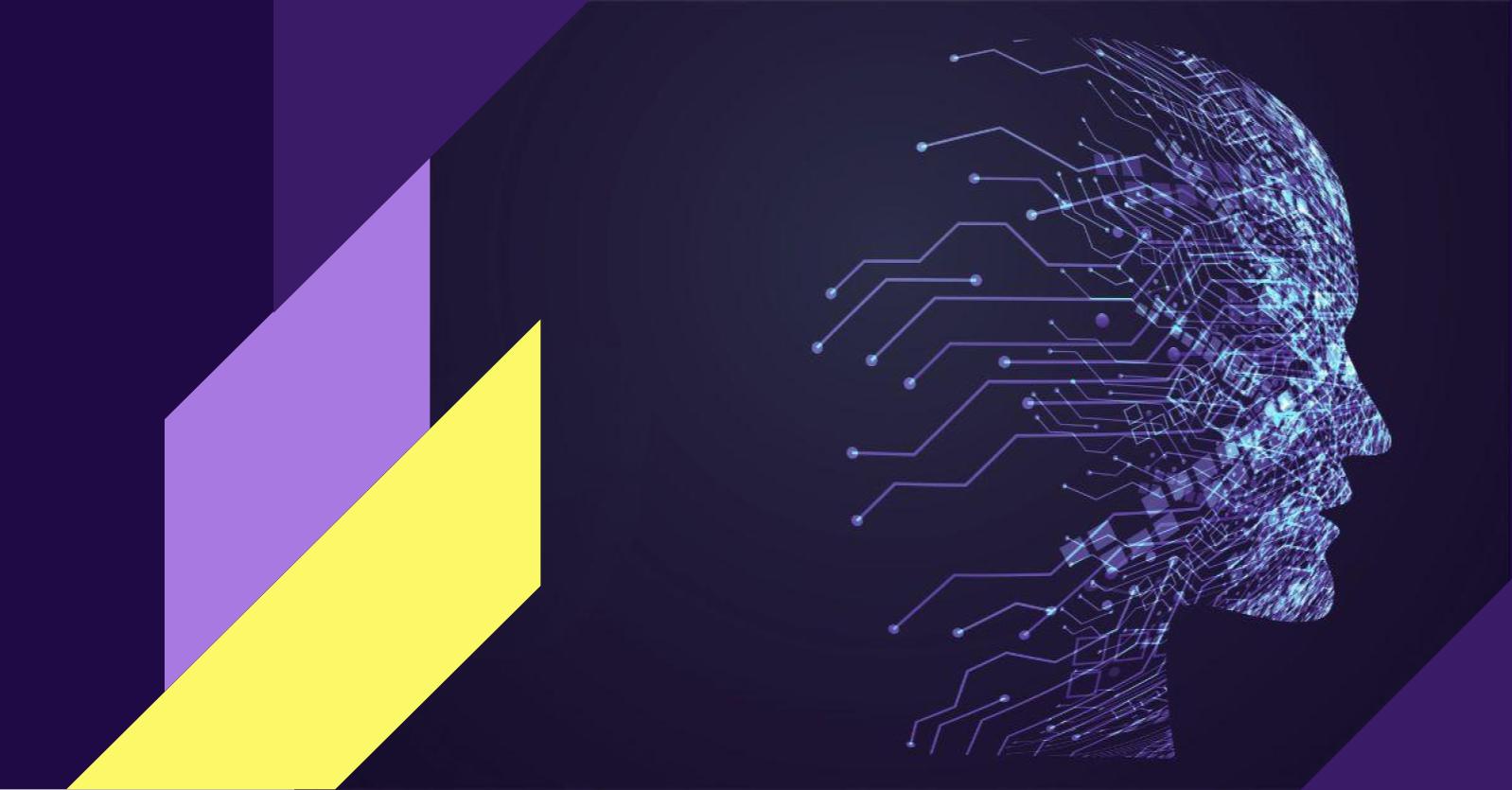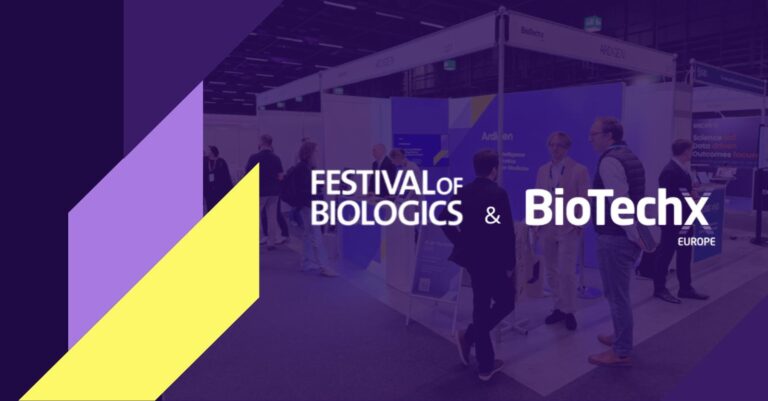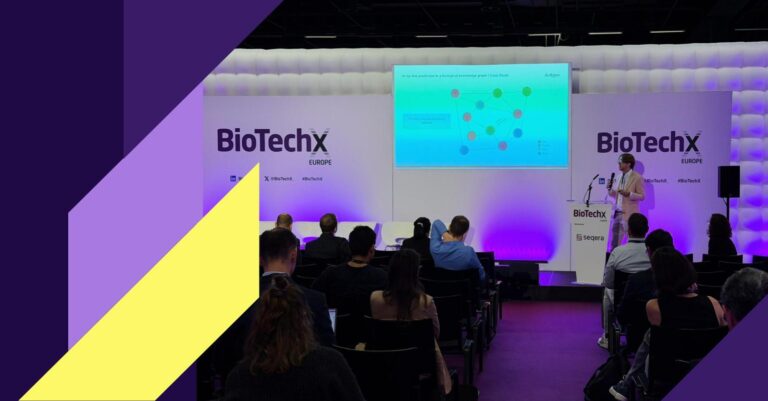Post: Human-in-the-Loop: Achieving Impact with AI
Summary: This article offers a strategic perspective on AI adoption in biotech, highlighting why scientific oversight remains indispensable and how to align AI initiatives with long-term R&D and business goals.
If you are a biotech company trying to figure out the best way to integrate AI into your workflows, it’s easy to make the erroneous assumption that AI tools can and should solve all problems. The hype around AI solutions has created a pressure to implement these tools at almost every level of the organization. But in biotech and pharma, success still hinges on something less scalable and more nuanced: human expertise.
At Ardigen, the focus is not just on delivering advanced AI services and solutions but on doing so in ways that are grounded in the realities of scientific workflows and decision-making. We asked our Director of AI Solutions – Jan Majta, one of Ardigen’s specialists working at the intersection of R&D and business development, to share his thoughts on what AI can and cannot do for biotech.
Which challenges are biotech companies addressing through the use of AI?
After nine years at Ardigen, Jan has a front-row seat to the evolving role of AI in biotech. Few understand better the kinds of problems biotech companies are looking to solve and how to match modern technology with today’s needs. His role centers on bridging technical capabilities with strategic value, whether for early-stage startups or global pharmaceutical giants. By asking the right questions and assembling the right teams, Jan helps clients turn AI potential into practical outcomes.
According to him, three major trends are shaping the types of challenges biotech companies are now facing.
First – there’s a growing interest in applying LLMs across the drug development pipeline, from mining insights in scientific literature to parsing clinical trial documentation. Companies are increasingly looking at LLMs not just as tools to automate and accelerate workflows, but as engines for discovery capable of surfacing patterns and insights that might elude even experienced researchers.
Second, the integration of diverse data modalities is gaining momentum. “We’re seeing an evolution in imaging data analysis beyond CT scans or histopathology,” Jan explains. “Now it’s phenotypic profiling and spatial omics. It isn’t just about throughput anymore—it’s about getting a rich phenotypic description of cells and integrating that with omics data.” These advances require AI systems that can interpret complex, multimodal datasets and contextualize them within biological frameworks.
Third—and perhaps most transformative—is the push to make AI more accessible to scientists without coding expertise. Clients are increasingly asking for intuitive tools, interfaces and workflows that align with how researchers actually think and work. That means not just building smart models, but crafting user experiences that empower more scientists to harness AI effectively.
Why human judgment still matters
“There’s a common misconception that AI is supposed to make the right research decisions,” Jan explains. “In reality, it’s a tool to help scientists make those decisions more effectively.”
That distinction is critical. Even the most advanced AI models can make mistakes, especially when they encounter data that differs from what they were trained on. In these cases, a scientist’s judgment becomes irreplaceable. Human expertise is critical not only to interpret AI-generated outputs, but also to understand a model’s limitations and to navigate the trade-offs between different experimental paths.
Ardigen’s approach reflects this reality. We don’t just deliver software, we act as strategic partners, helping clients make sense of where AI can truly add value. And it all begins with listening.
When we meet with a customer, we don’t jump straight to a solution,” Jan says. “We start by asking questions because the challenge they bring to us isn’t always the real obstacle. With experience from over a five hundred projects, we’re often able to spot patterns or bottlenecks others miss. That lets us either apply proven solutions or design something entirely new to fit the problem.
Cutting through the AI hype
Another key role Ardigen plays is helping biotech companies be more discerning when it comes to adopting AI solutions. “AI is moving really fast,” Jan says. “Even for experts, it’s hard to keep up. And most people still don’t have much hands-on experience with these tools.”
That’s where the breadth of Ardigen’s team becomes an asset. With expertise spanning deep learning, cheminformatics, data engineering, and more, the team is well-positioned to offer clear-eyed assessments of which AI solutions are actually worth pursuing. And sometimes, the right answer isn’t AI at all.
“Not every problem needs a model,” Jan explains. “In some cases, it’s more effective to build a solid data infrastructure or provide scientists with better software tools tailored to their workflow.”
That consulting mindset – being willing to challenge assumptions is one of Ardigen’s core strengths. Whether it’s validating a promising AI approach or steering a client away from needlessly complex solutions, the focus remains the same: deliver tools that work in the real world and create lasting impact.
The AI-CRO advantage
Partnering with an AI-focused CRO like Ardigen offers a unique combination of vision and precision. On one hand, our experts help clients see the broader landscape – how today’s data strategies will shape drug development five or ten years from now. On the other, we bring deep technical expertise from a multidisciplinary team that understands both the opportunities and limitations of AI in biotech.
For Jan, this blend of strategic foresight and hands-on execution is what truly sets Ardigen apart.
“You need both,” he says. “You need someone who understands the kind of drug you want to bring to market and someone who knows what models are needed and workflows should be built to make that happen.”
If you’re still thinking that simply layering AI onto your organization will deliver a breakthrough, it’s worth reconsidering. As powerful as these tools are, they require scientific leadership and a clear organizational strategy to deliver real-world results. AI alone doesn’t solve problems – people do, using AI as a catalyst.
If you’re interested in exploring how AI can enhance your workflows and drive meaningful impact, our specialists would be happy to connect.




